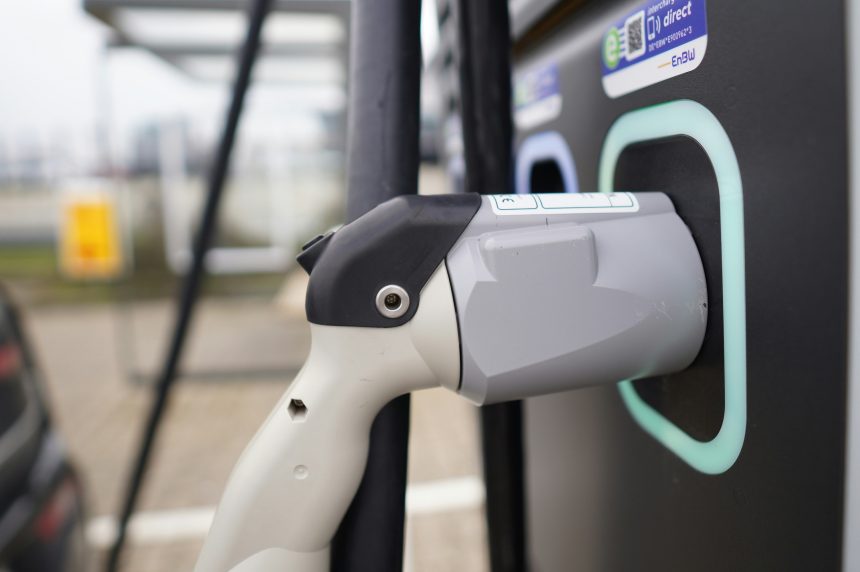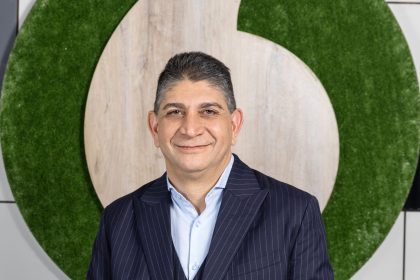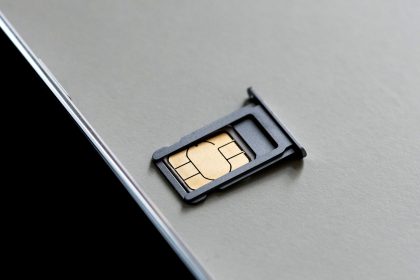In Ghana’s unveiled 2026 budget, the Minister of Finance revealed that electric vehicle (EV) charging stations will be set to power up as part of a massive expressway project.
Finance Minister Cassiel Ato Forson spotlighted them Thursday amid broader vows to “reset” the economy post-crisis, signaling Africa’s fast-rising EV ambitions aren’t just talk—they’re infrastructure.
Why it matters
Africa’s EV adoption lags globally, but Ghana’s move could spark a regional shift. With cheap solar potential and Chinese EV makers eyeing the continent, these stations address range anxiety on long hauls, cut emissions in a oil-reliant nation, and create green jobs.
It’s a bet on sustainable transport amid climate pressures and youth unemployment—potentially luring Tesla rivals and boosting the “24-Hour Economy.”
The big picture
- Highway heart: The stars? EV chargers integrated into the 198.7 km Accra-Kumasi Expressway, a flagship of the “Big Push” infrastructure blitz. This six-lane beast will slash Accra-to-Kumasi travel from 6 hours to 3, drop transport costs 40%, and spawn 30,000+ jobs in construction alone.
- Full-service stops: Stations won’t stand alone—they’ll anchor 24/7 service areas with emergency medics, fire stations, repair hubs, fuel pumps, parking, and eateries. All EV-ready, tying into the 24-Hour Economy for non-stop productivity and trade.
- Green grid tie-in: No standalone EV policy here, but it dovetails with energy investments for reliable power. Ghana’s solar boom (aiming for 1,000 MW added) could juice these chargers, aligning with environmental pledges to “protect for generations.”
- Economic jolt: Expect ripple effects—industrial parks, logistics hubs, and value-added exports along the route. It’s part of a pivot from raw cocoa hauls to electrified supply chains, with household confidence up 8.2% signaling buy-in.
- Challenges ahead: Details are light—no station count, costs, or timelines in the speech. Global EV prices must drop for mass uptake, and grid upgrades are key.
The bottom line
Ghana’s EV charging nod isn’t flashy, but it’s forward: Turning a vital artery into an electric lifeline for growth and jobs.










